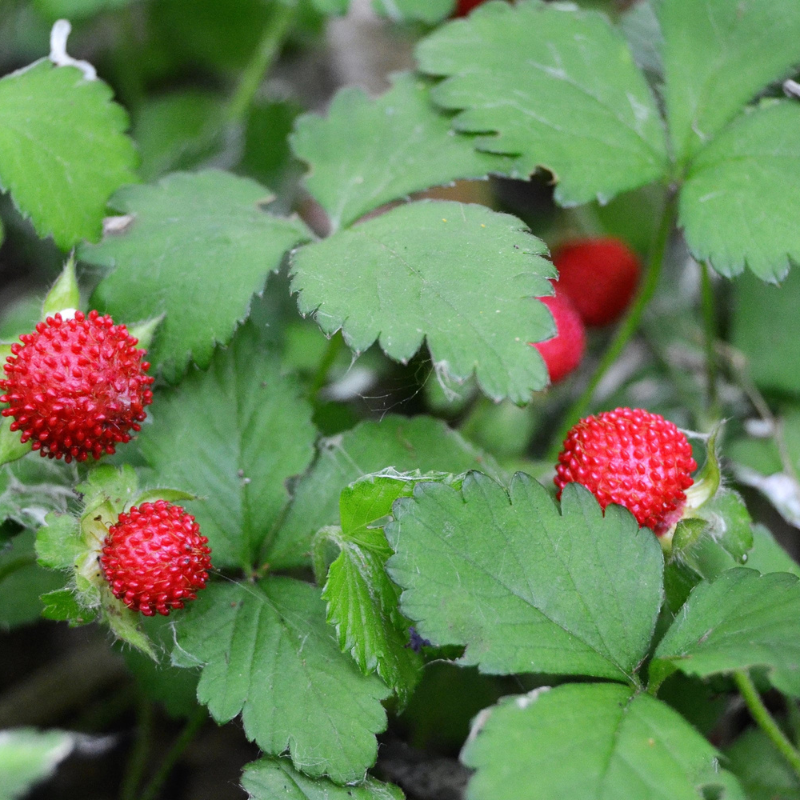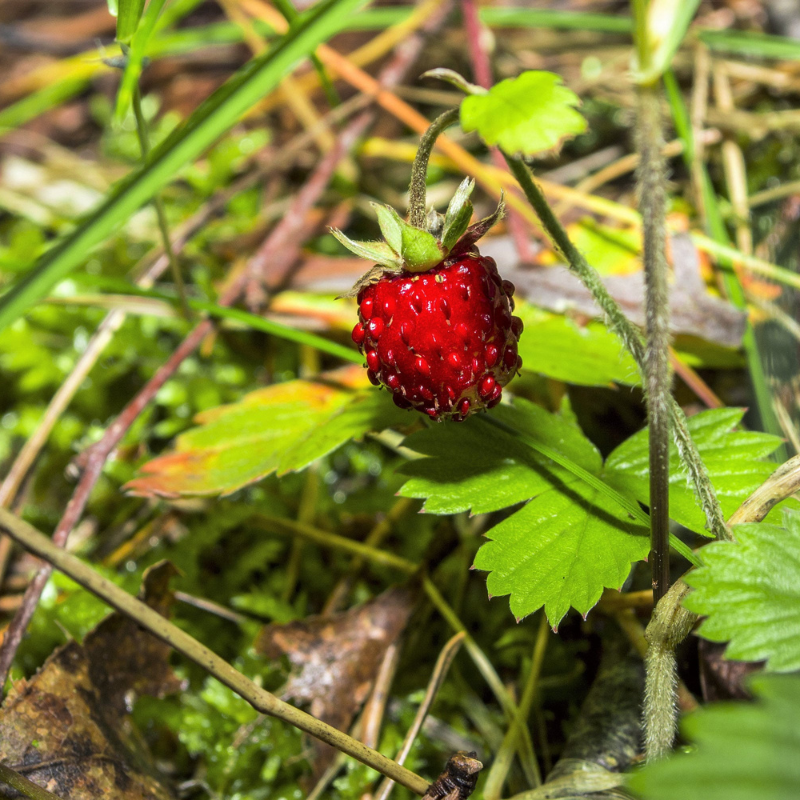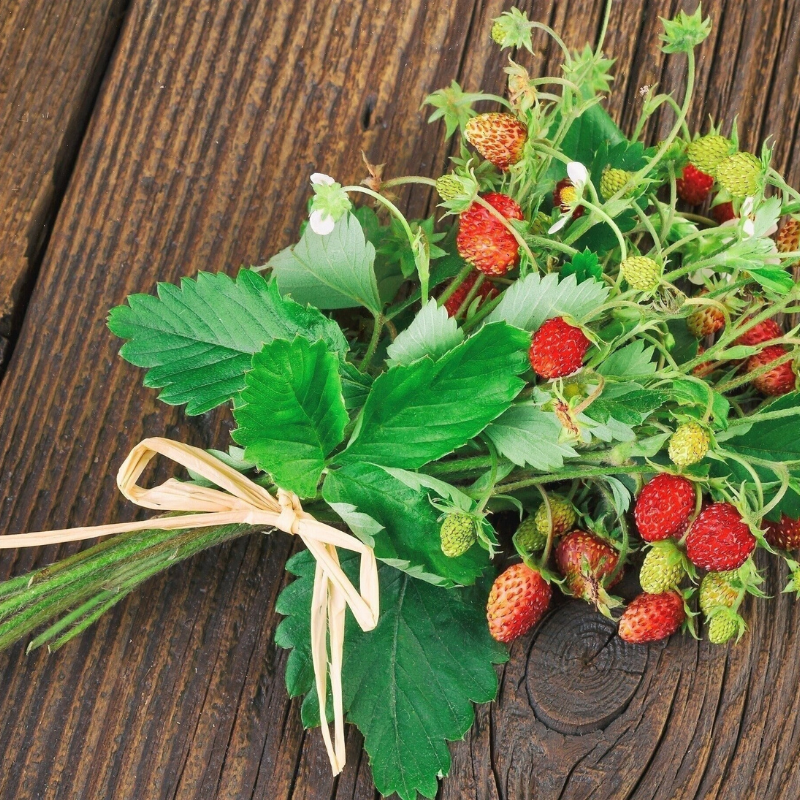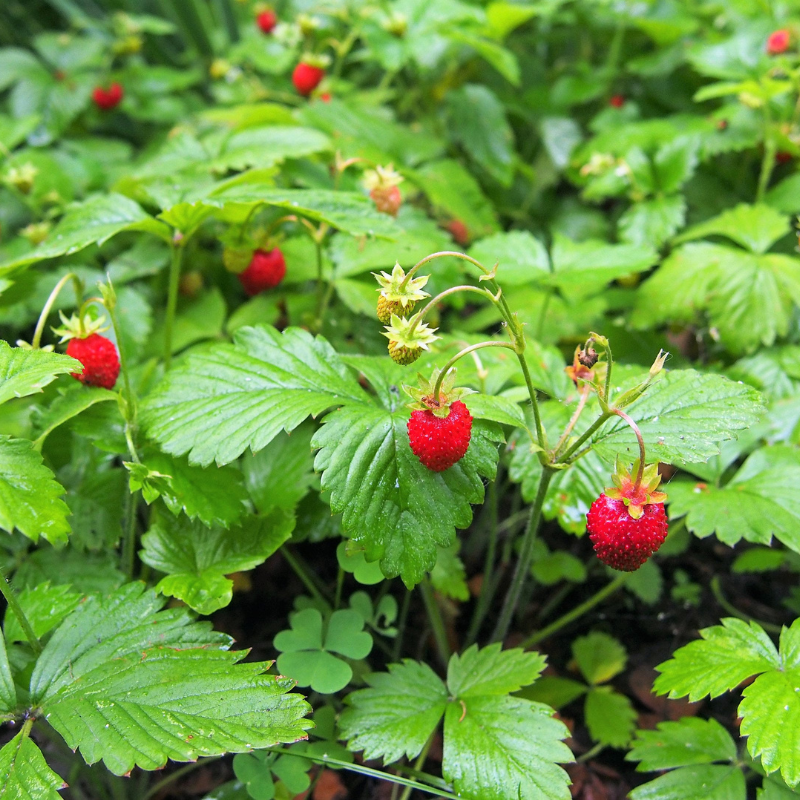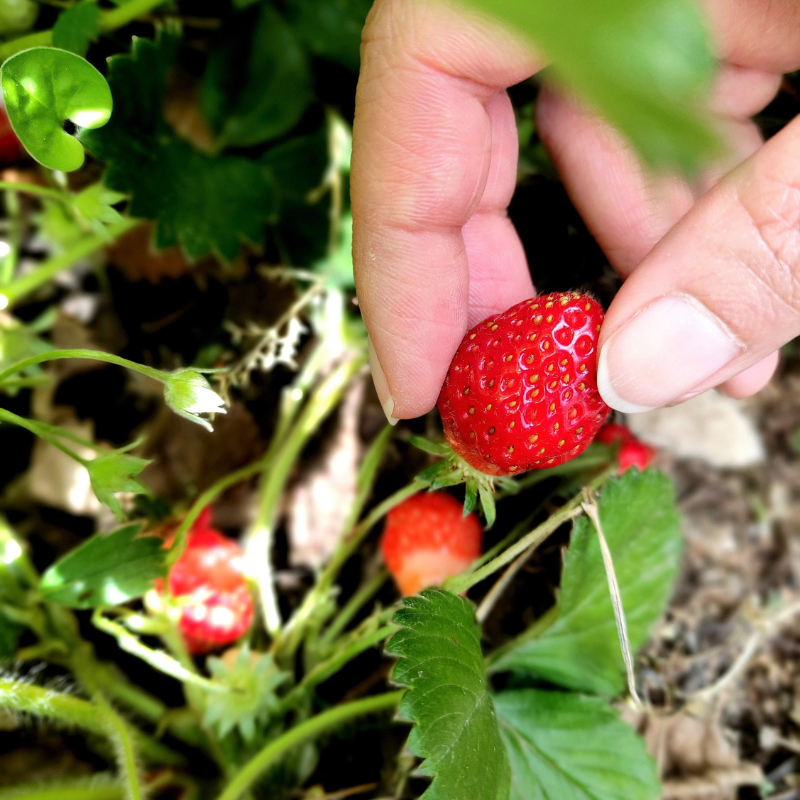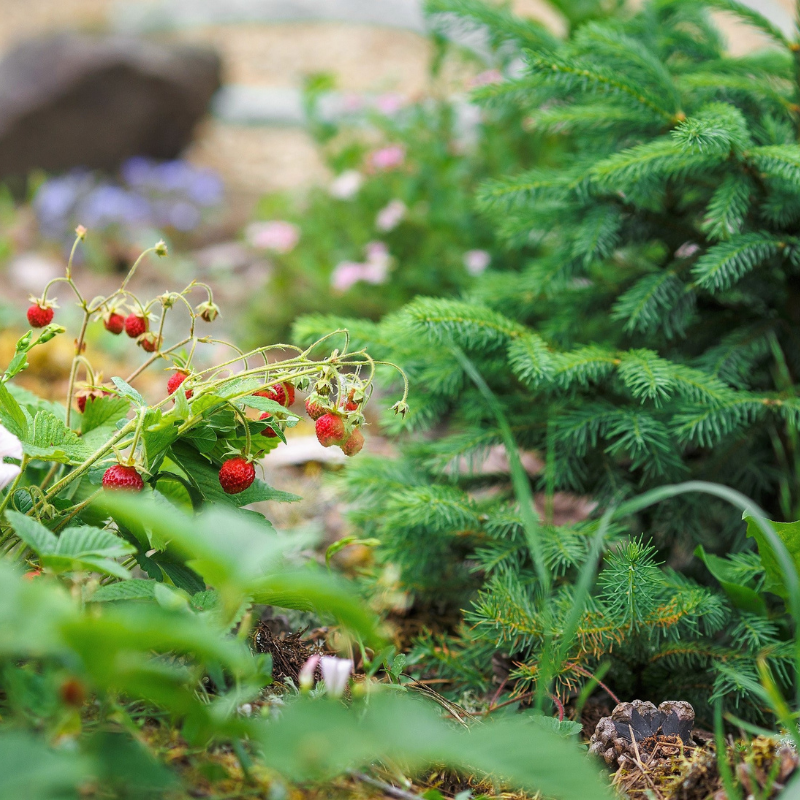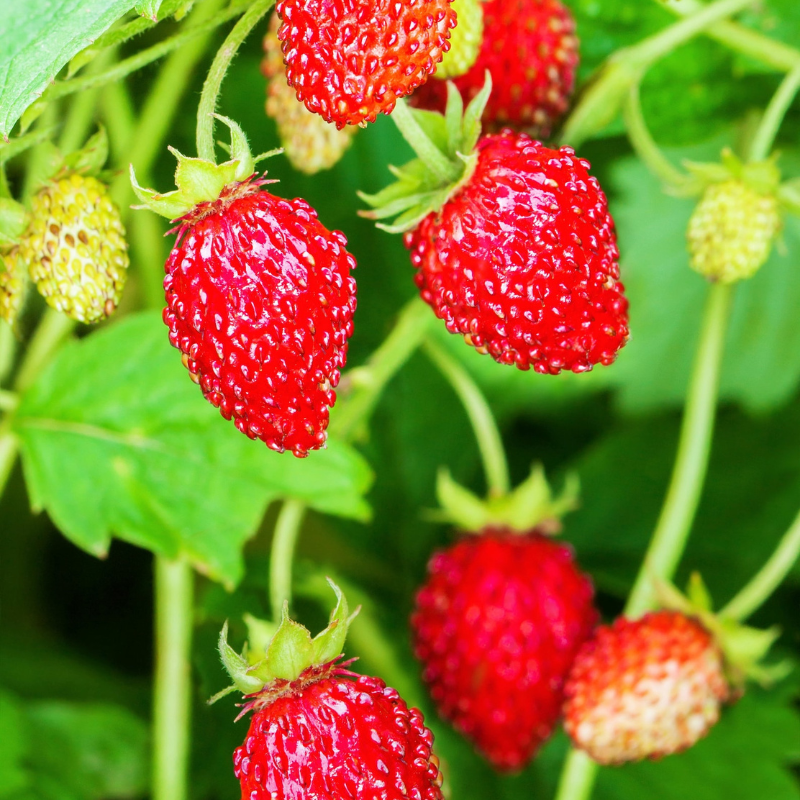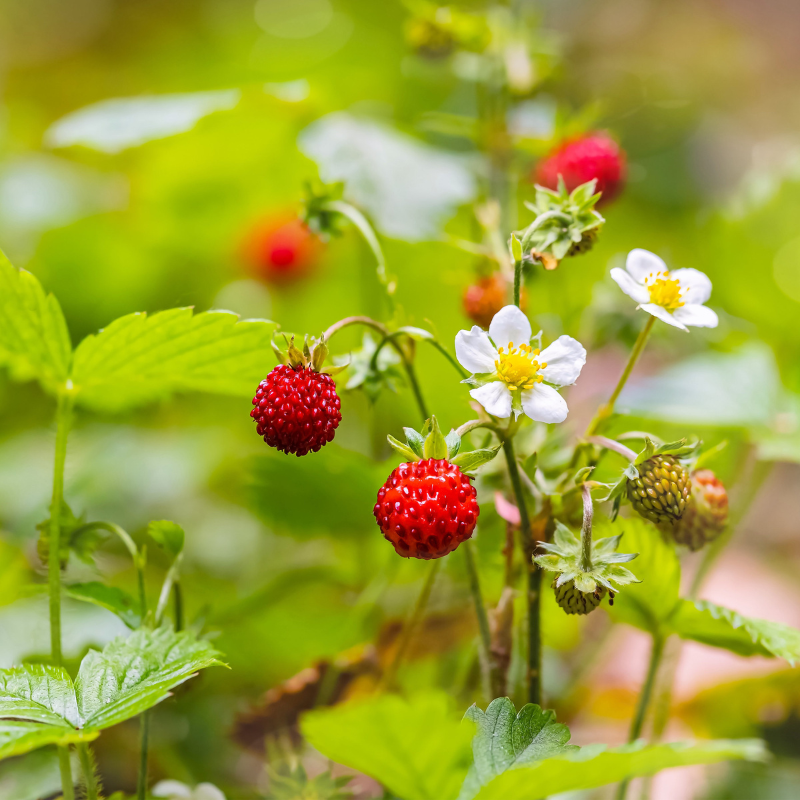- Historical context: Woodland strawberries (Fragaria vesca) have been enjoyed by humans for thousands of years. They are one of the oldest known types of strawberries and have been found in archaeological sites dating back to the Stone Age.
- Geographical origination: Native to Europe, Asia, and North America, woodland strawberries are found in temperate regions across these continents.
- Relevant cultural significance: In Europe, woodland strawberries have been a part of folklore and traditional medicine. They were often used in medieval gardens and were considered a delicacy by royalty.
- Time period of discovery: The exact time of discovery is unknown, but they have been documented in historical texts from the Middle Ages.
- Original habitat: Woodland strawberries thrive in forested areas, meadows, and along the edges of woodlands.
- Notable historical uses: Historically, woodland strawberries were used for their medicinal properties, including treatments for digestive issues and skin conditions. They were also enjoyed as a fresh fruit and in preserves.
- Ideal temperature range: 60-80°F (15-27°C) is the optimal temperature range for growing woodland strawberries.
- Soil type: They prefer well-drained, loamy soil with a pH between 5.5 and 6.5.
- Sunlight requirements: Woodland strawberries thrive in partial shade to full sun. They can tolerate more shade than other strawberry varieties.
- Watering needs: Keep the soil consistently moist but not waterlogged. Water regularly, especially during dry periods.
- Planting season: Plant woodland strawberry seeds in early spring after the last frost or in late summer for a fall harvest.
- Germination time: Seeds typically germinate in 2-4 weeks under optimal conditions.
- Growth cycle duration: Woodland strawberries are perennial plants and can produce fruit for several years once established.
- Common pests and diseases: Watch out for slugs, aphids, and spider mites. Common diseases include powdery mildew, leaf spot, and root rot.
- Companion planting advice: Good companions include spinach, beans, and lettuce. Avoid planting near cabbage family plants, as they can attract pests.
- Common challenges and solutions: Challenges include pest infestations and fungal diseases. Use organic pest control methods and ensure proper spacing and air circulation to prevent disease.
- Nutritional values: Woodland strawberries are rich in vitamin C, antioxidants, and dietary fiber.
- Health benefits: They can help boost the immune system, improve digestion, and provide anti-inflammatory benefits.
- Culinary uses: These strawberries are delicious when eaten fresh, added to desserts, made into jams, or used in salads.
- Medicinal uses: Traditionally, woodland strawberries have been used to treat digestive issues, skin conditions, and as a diuretic.
- Other unique advantages: Woodland strawberries are known for their intense, sweet flavor and aromatic qualities, making them a favorite among gourmet chefs and home gardeners alike.
